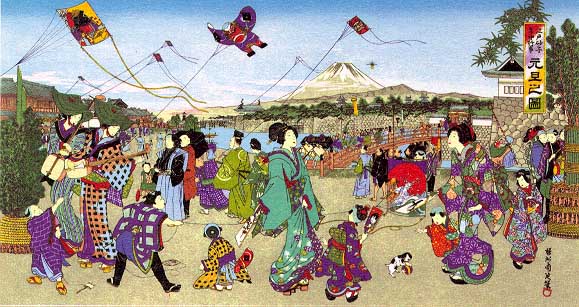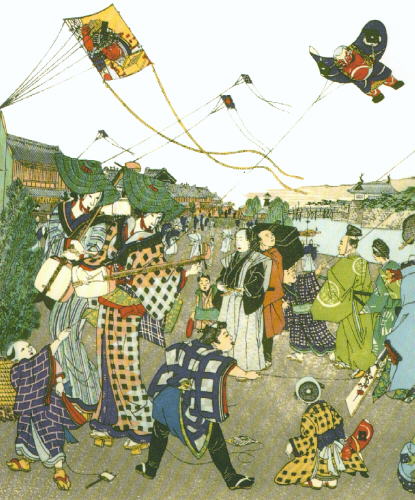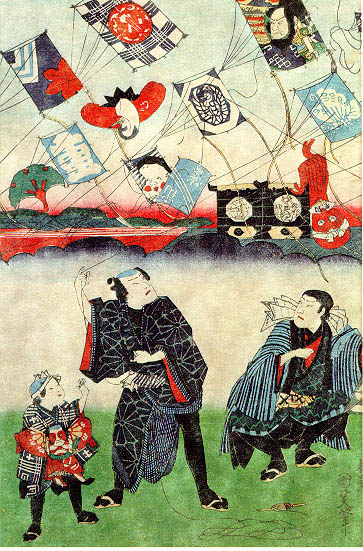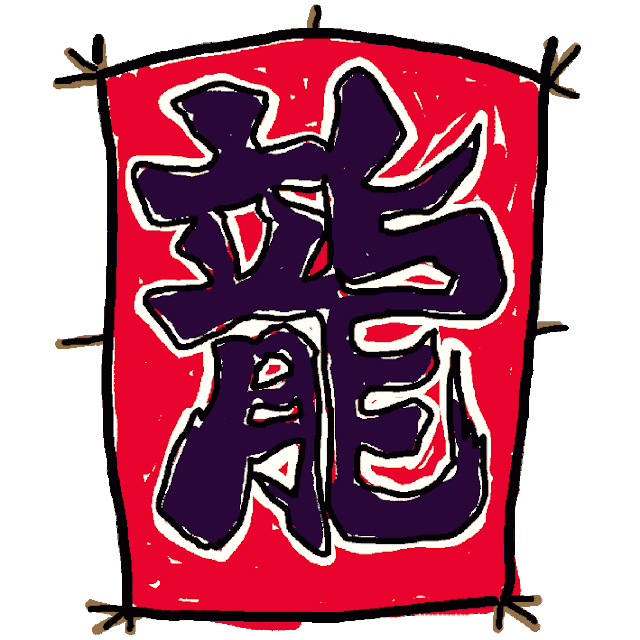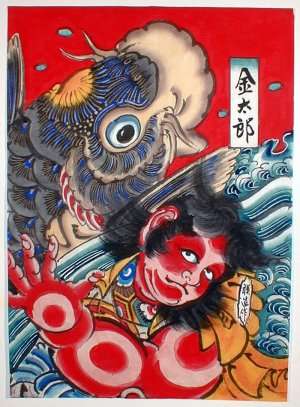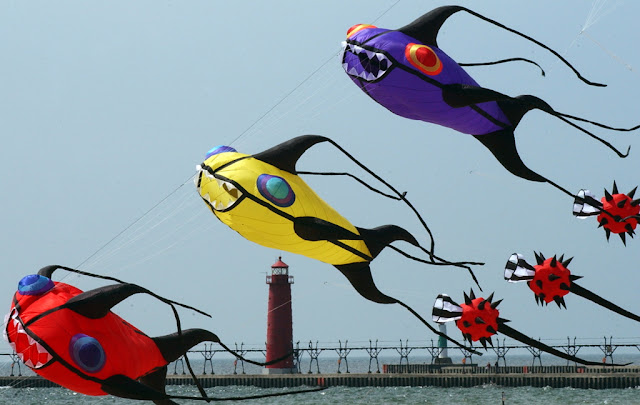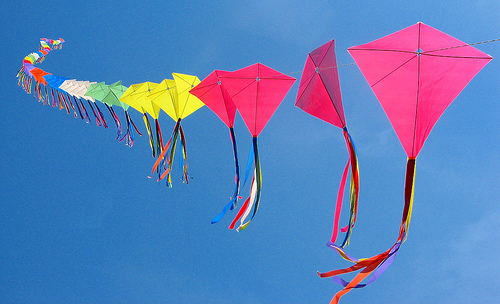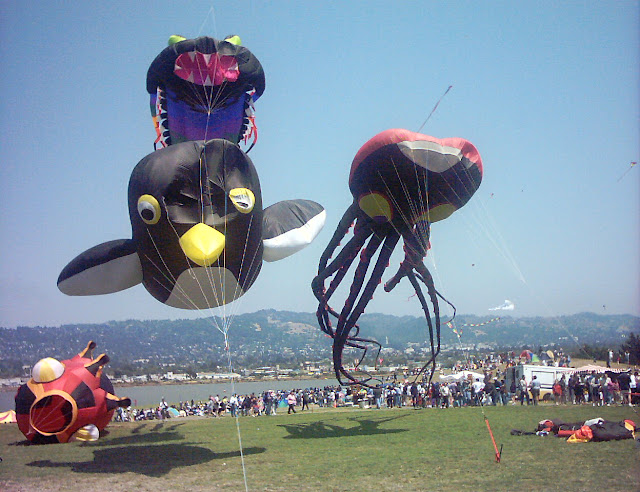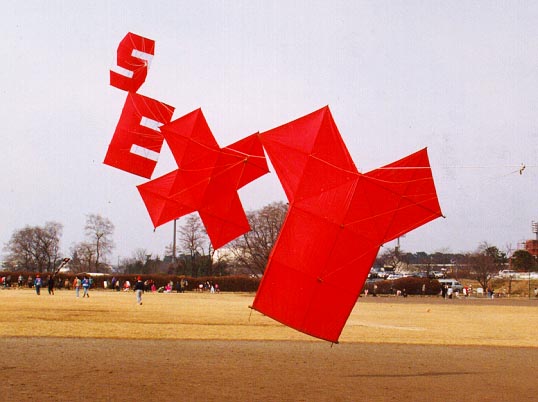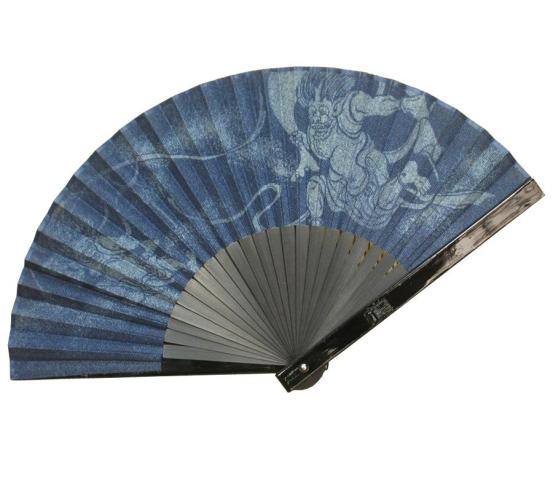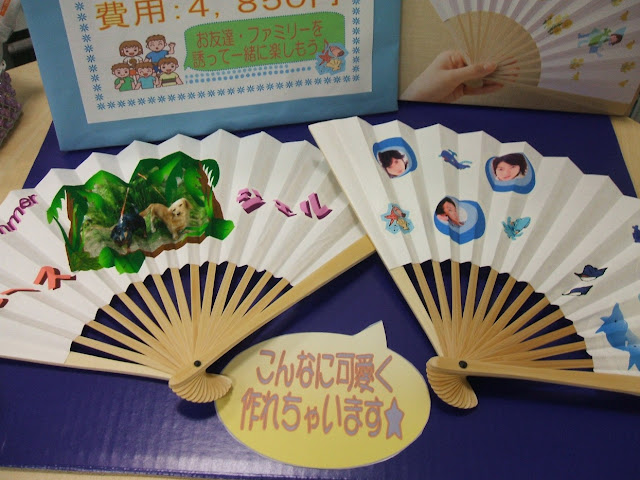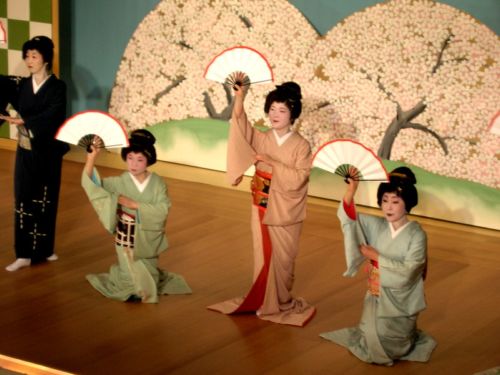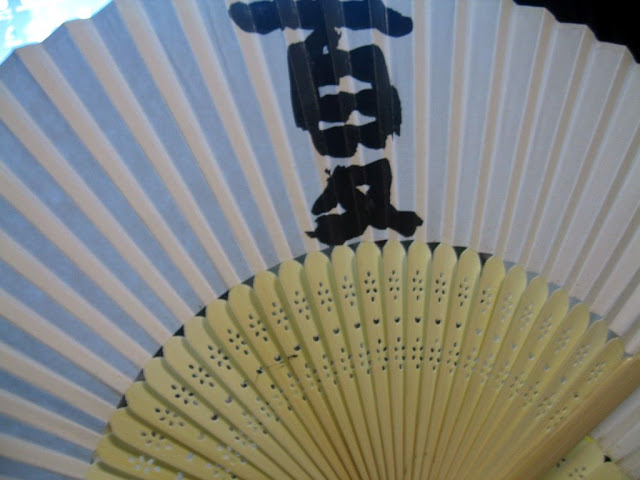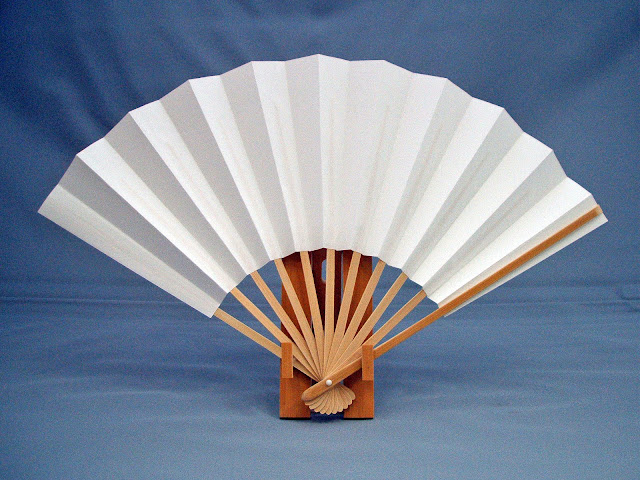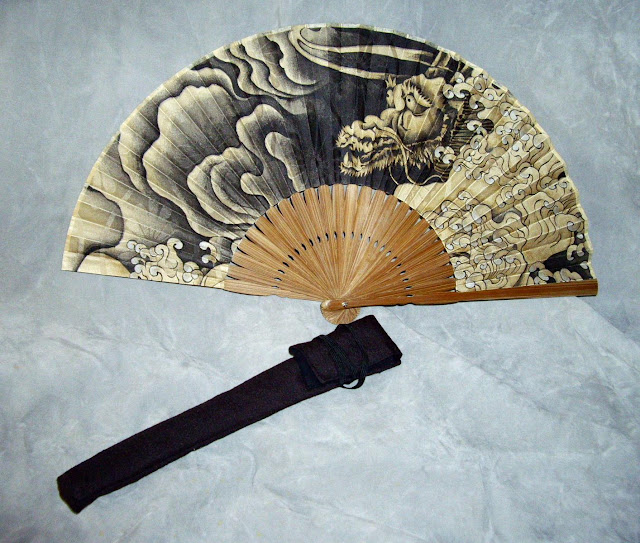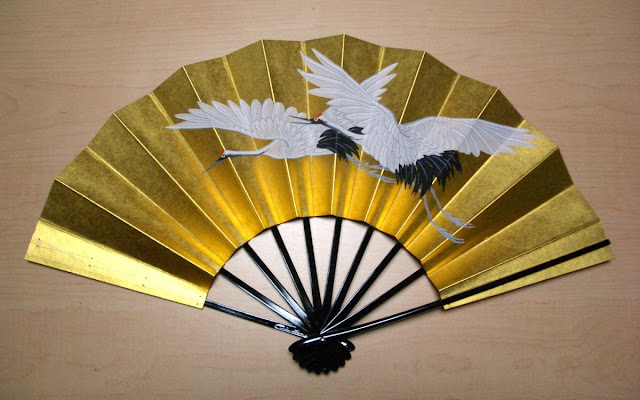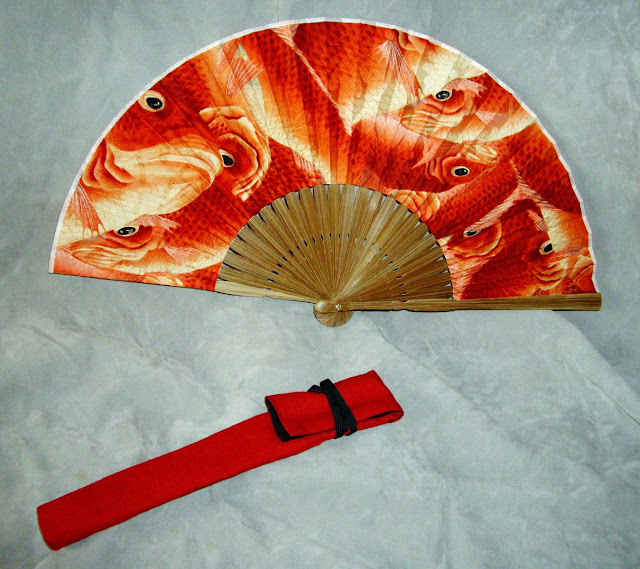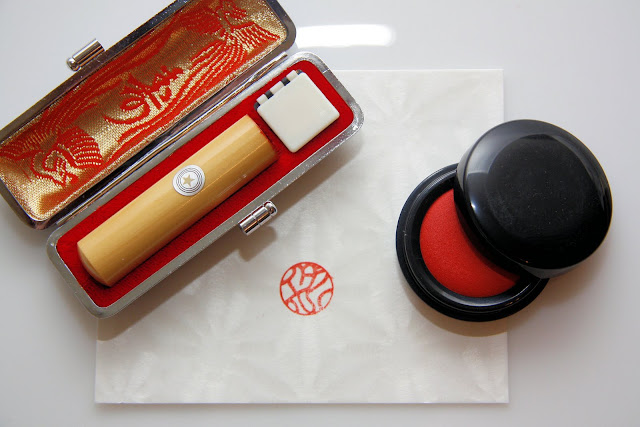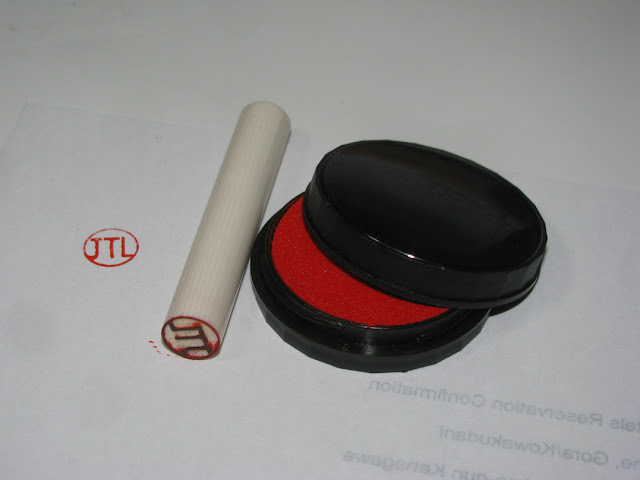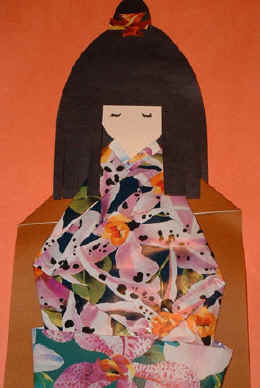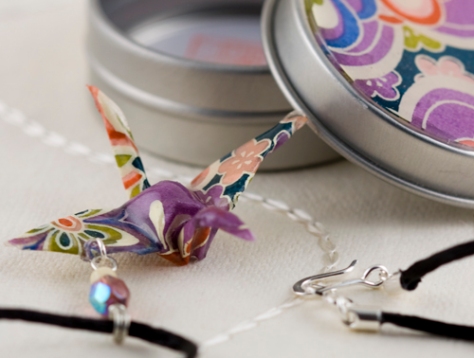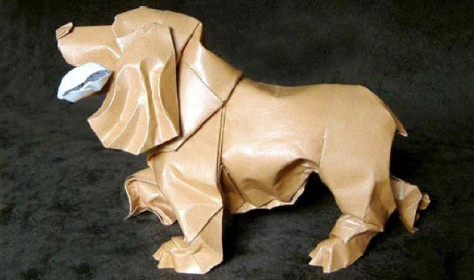The three largest Japanese newspapers are:
Asahi Shimbun 朝日新聞 あさひしんぶん
Mainichi Shimbun 毎日新聞 まいにちしんぶん
Yomiuri Shimbun 読売新聞 よみうりしんぶん
The word shinbun literally means ‘New Hearing’.
Not so different from the English phrase ‘New Tidings’.
shinbun 新聞 しんぶん
The components on the left are standing on a wooden structure and on the right hand side rolling down a hill.
The two gates with the ear in between the two gates.
Here are some pages of typical Japanese newspapers.
Note that Japanese is usually written
from top to bottom
and from right to left.
But sometimes from left to right…
Sometimes the headline is left to right,
but the main article is top to bottom.
One gets a feel for the lay-out after a while.
This is the Asahi page which announces the devastation as a result of the 2011 Tohoku-Sendai earthquake. Headlines and contents are placed for impact with colour to underscore the horror images.
One question that students ask regularly is ‘how many kanji do you need to know before you can read a newspaper?’ The answer is more complicated than the question.
To read the Asahi page on the earthquake: “about 3000”. To read a teenager’s page on fashion, hairdos, teenage angst, pimples and T-shirts? “about 1000”.
In other words, newspapers must cater for a certain audience. The more complicated the topic, the more kanji, the more educationally competent you need to be. A child’s book may contain only 100 kanji.
The Japanese do have a system around this problem of reading, pronouncing – legibility – and that is called furigana. Furigana are tiny little hiragana written above a kanji to indicate how to pronounce that particular kanji. Here is an example, which shows “university” (daigaku):
All you ever wanted to read about Japanese politics.
Japanese cartoons add to the humour.
nuclear Level 7 in red screams it out – politely.
North Korean missiles make most Japanese
extremely restless,but don’t call for red – yet.
The sadness and the suffering of a Palestinian woman deserve colour.
Sport – olden day drama are always favourites.
Japanese language with the Paris connection.
Newspapers for foreigners: without fear or favor!
This is an antique Japanese language typewriter.
These days all is done on computer with gigantic printing presses.



























